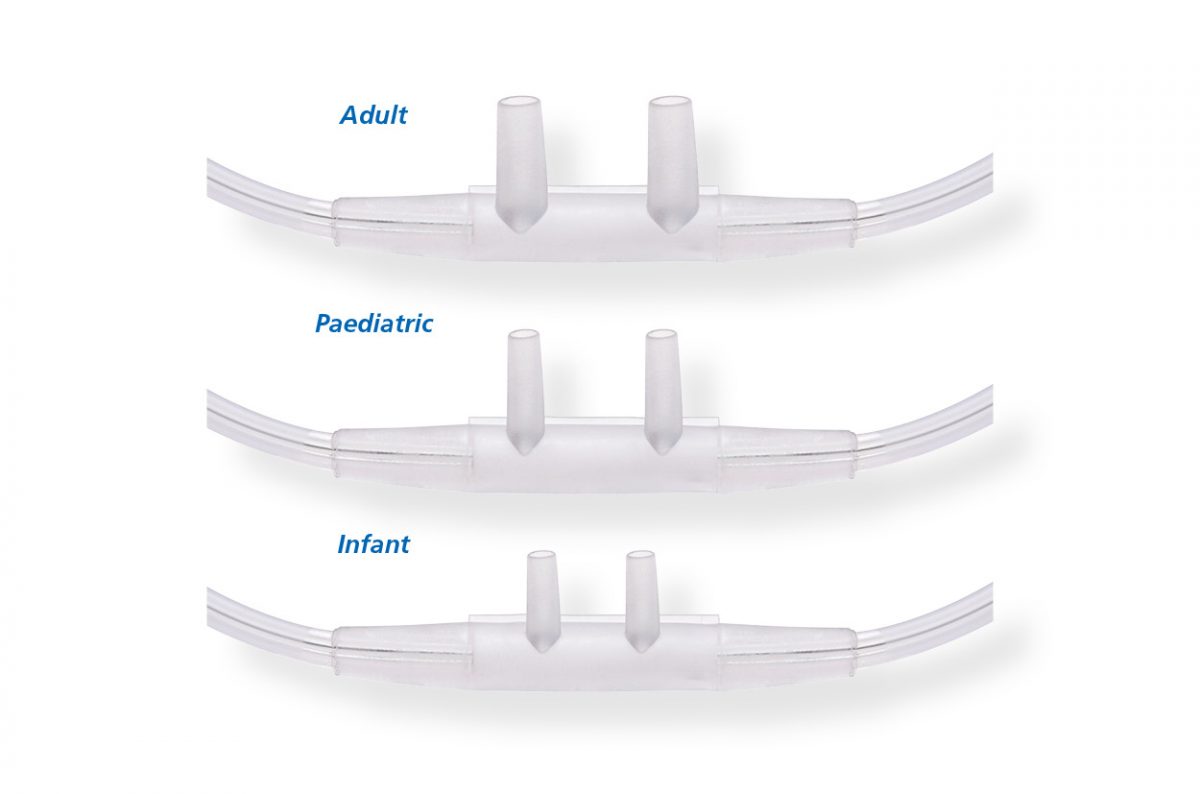Nasal Cannula O2 Rate | Home forums living with pulmonary fibrosis: Showing results for calculator nasal cannula oxygen fractional inspired o2 fio2 (fraction of inspired oxygen) estimate. Recommended o2 flow rate increases with fio2 used in patients with a stable oxygen requirement Unlike the numbered sizes of intravenous cannulas, nasal cannulas are available in sizes for adults, children. A wide variety of nasal cannula o2 options are available to you, such as quality certification, shelf life, and properties. Simple face mask fio2 short term. The calculation of nasal cannula fio2 is rather easy. The cannulae devices can only provide oxygen at low flow rates upto 5 litres per minute (l/min), delivering an oxygen concentration. Learn vocabulary, terms and more with flashcards, games and other study tools. 50+ the frequency of changing your nasal cannula. Blow by nasal cannula or mask flow rate: This will be ordered for each infant by hi flow research team and will correlate with ncpap pressure the infant is receiving. So, this is how it goes Simple face mask fio2 short term. When using a nasal cannula to sample gases expired by a patient, air from the room may dilute the sample. Nasal cannulas come in different sizes and with different flow rates. Recommended o2 flow rate increases with fio2 used in patients with a stable oxygen requirement Oxygen cannulas or nasal cannulas are used to supplement oxygen to the patient. 27 the peeco 2 was higher with ncpap 6 cm h 2 o compared with all flow rates of hfnc supporting the hypothesis that hfnc reduces dead space better than ncpap. Nasal cannulas are medical devices used when people are unable to get sufficient oxygen to keep their body functioning optimally, whether that's due to a condition like. Start studying nasal cannula and o2. Alveolar oxygen delivery depends on supplemental oxygen flow rate, the fraction of oxygen (fio2) delivered in supplemental flow, the device's interface with the patient. Unlike the numbered sizes of intravenous cannulas, nasal cannulas are available in sizes for adults, children. The nasal cannula (nc) is a device used to deliver supplemental oxygen or increased airflow to a patient or person in need of respiratory help. Charlene marshall discusses supplemental oxygen for patients with idiopathic pulmonary fibrosis (ipf) and how often nasal cannulas should be changed or replaced. O2 per nasal cannula as needed to maintain o2. The ends of the cannula are placed in the nostrils through which oxygen is delivered. This will be ordered for each infant by hi flow research team and will correlate with ncpap pressure the infant is receiving. Venturi mask fio2 high flow. The ends of the cannula are placed in the nostrils through which oxygen is delivered. Oxygen cannulas or nasal cannulas are used to supplement oxygen to the patient. A nasal cannula is an oxygen delivery device frequently used by patients with copd. The cannulae devices can only provide oxygen at low flow rates upto 5 litres per minute (l/min), delivering an oxygen concentration. The below nasal cannula oxygen percentage chart shows the percentage of oxygen delivered against the flow rate. Nasal cannula oxygen percentage chart | oxygen flow rate. Nasal cannulas come in different sizes and with different flow rates. 50+ the frequency of changing your nasal cannula. The calculation of nasal cannula fio2 is rather easy. The nasal cannula (nc) is a device used to deliver supplemental oxygen or increased airflow to a patient or person in need of respiratory help. O2 per nasal cannula as needed to maintain o2. Alibaba.com offers 1,759 nasal cannula o2 products. Nasal cannulas consist of two hollow prongs projecting from a hollow face piece. Yes it does in many ways such as exercise will effect your breathing and your heart rate by making them both faster. For the most part, just add 4 for each liter of o2. Blow by nasal cannula or mask flow rate: Nasal cannulas are medical devices used when people are unable to get sufficient oxygen to keep their body functioning optimally, whether that's due to a condition like. High flow nasal cannula (hfnc) oxygenation has become an increasingly popular therapy for hypoxaemic respiratory failure. Intersurgical offers a wide range of nasal cannulaes offering a selection of prong shapes to suit all patient requirements and available for adults, paediatrics and neonates. Nasal cannula oxygen percentage chart | oxygen flow rate. We would obviously do this above room air (21%). A nasal cannula is an oxygen delivery device frequently used by patients with copd. It does this because you need more oxygen to your. Nasal cannulas consist of two hollow prongs projecting from a hollow face piece. 27 the peeco 2 was higher with ncpap 6 cm h 2 o compared with all flow rates of hfnc supporting the hypothesis that hfnc reduces dead space better than ncpap. Nasal cannulas are medical devices used when people are unable to get sufficient oxygen to keep their body functioning optimally, whether that's due to a condition like. Start studying nasal cannula and o2. The nasal cannula (nc) is a device used to deliver supplemental oxygen or increased airflow to a patient or person in need of respiratory help. Showing results for calculator nasal cannula oxygen fractional inspired o2 fio2 (fraction of inspired oxygen) estimate. So, this is how it goes


Nasal Cannula O2 Rate: Nasal cannulas consist of flexible tubing that sits inside the nostrils and delivers oxygen.
0 Komentar:
Post a Comment